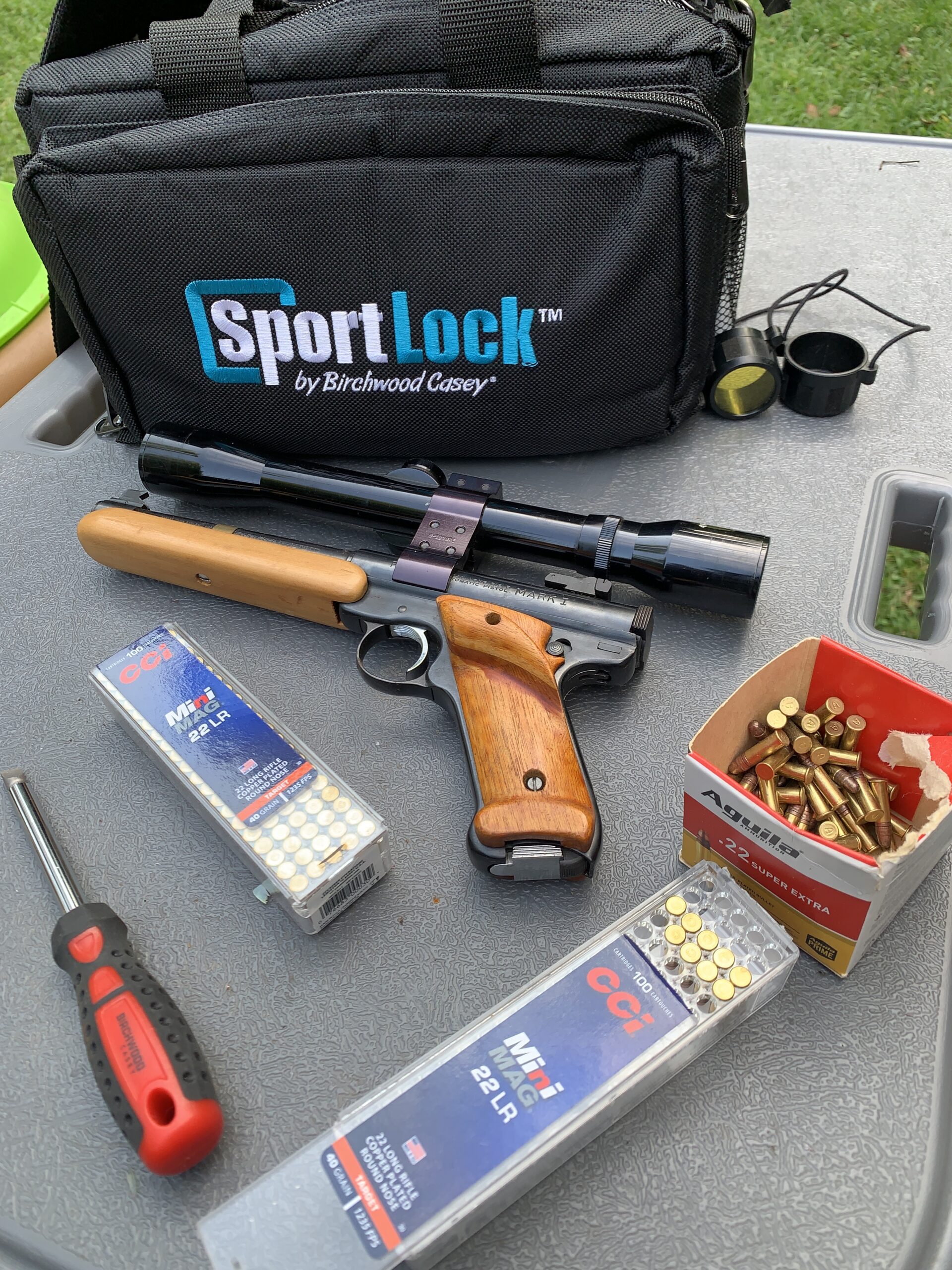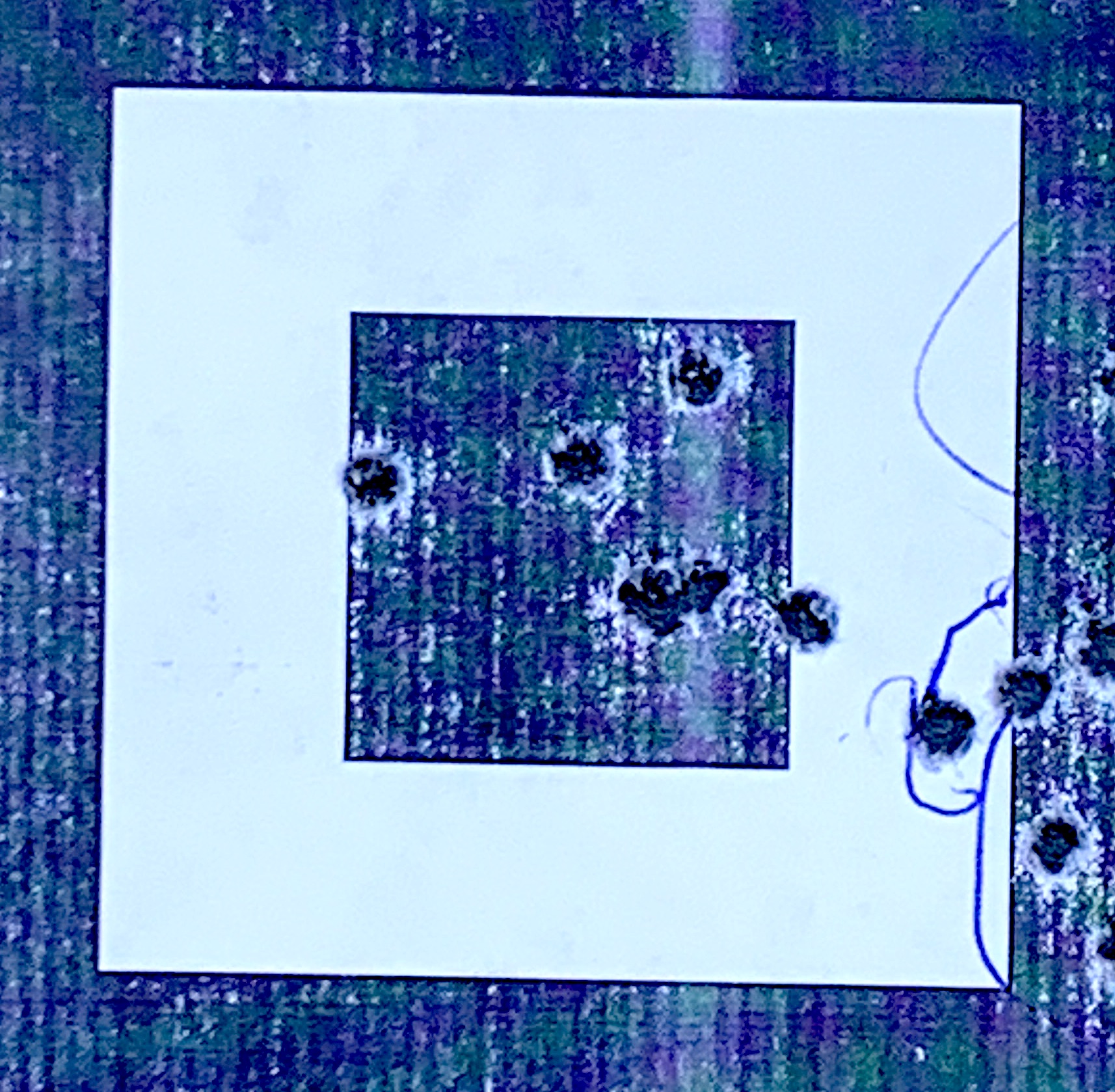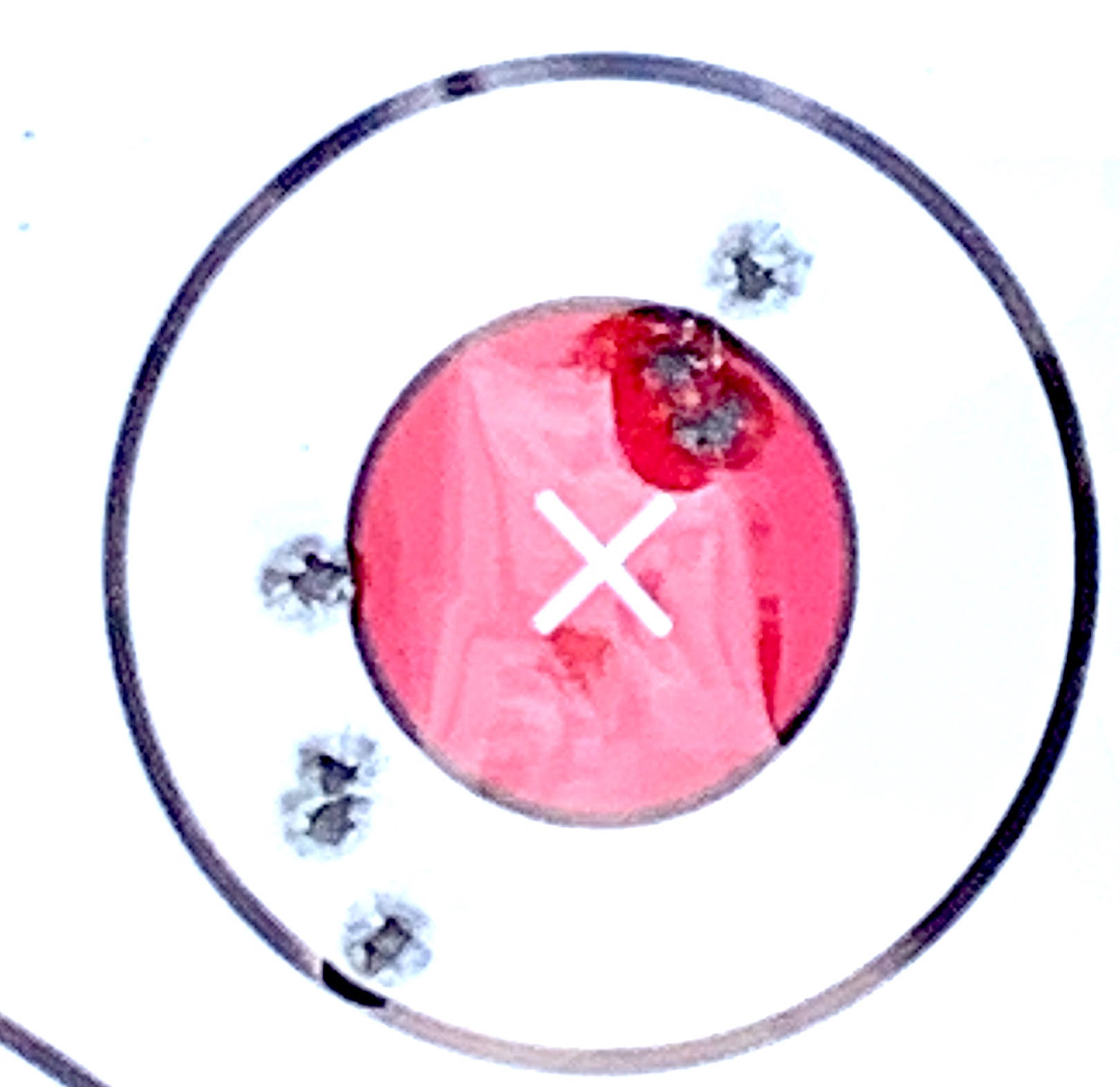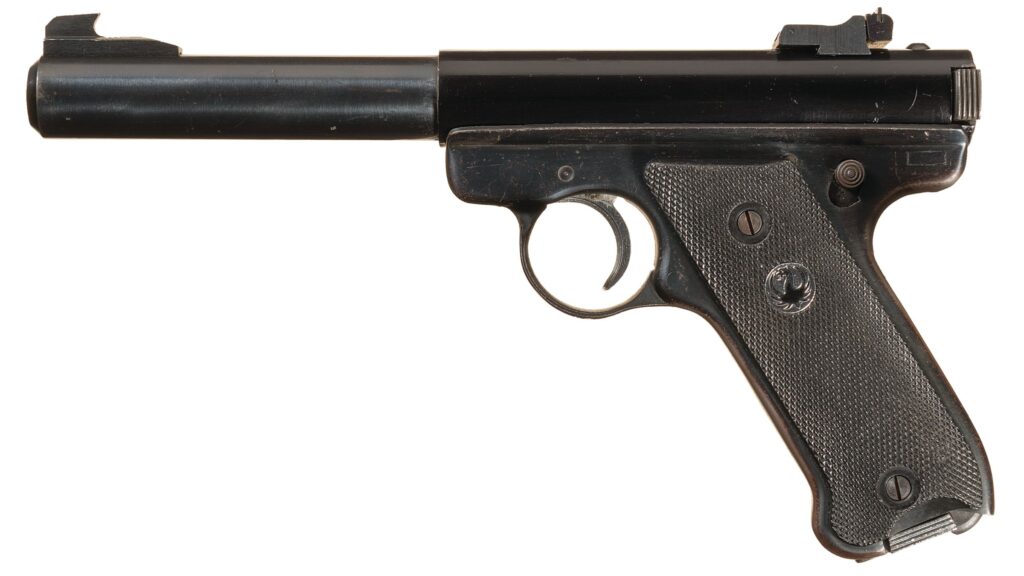My friend Ed is a great guy. He’s not only a great teacher, but he’s also a wonderful dad, husband, and shooter. All wonderful qualities. He’s a former deputy with an eye for … shall I say… unique firearms. He’s always showing me something that he acquired one way or another.
A few weeks ago, he brought the above pistol to me. We had talked, in the past, about Ruger’s .22 pistols, especially the early Marks. Many years ago, when I was a band director in a tiny Indiana town and was leaving for another job, the band got together and bought me a Mk I .22 pistol. It was made in 1976 and had the “Made In The 200th Year Of American Liberty” roll mark on the barrel. That was in 1978. I don’t think that would happen today… Times were different back then, as we “seasoned citizens” know.
Here’s a photo from the exhaustnotes.us blog:

Anyway, the featured pistol is a Mk I, the first of the Marks. They’re up to four, now.
So we see a fairly rare Target model Mk I with a 6 ⅞” barrel, better trigger, undercut front sight, and Micro adjustable rear sight. But the sights are nullified by the scope mounted on the gun.
The scope is a generic ( I couldn’t find a brand name), fixed 4-power with standard rifle-length eye relief. This is one you have to get right up on to sight through. Leupold and others make extended eye relief scopes for pistols, but this isn’t one of those. At least you don’t need to be worried about getting “scope brow”… this heavy .22 has very little recoil.
Those grips and forend are obviously custom. I have no idea where they came from… It’s clear that the forend has a brass band (the trumpet player in me has always wanted to write that!) that attaches to the barrel. That would make it really hard to remove the barrel from the receiver, but… oh, well…
The scope is mounted by a simple circular clamp around the receiver. That way, no rail or slot is required. It’s very obvious that the grips and the scope mount were made for this model only.
So, how does it shoot?

Being a lefty, I was not a fan of the giant thumb rest carved into the left grip panel, so I just gripped over it and did the best I could.
When I first shot it, the gun printed about 6 inches low. Judicious use of a screwdriver to perform about four zillion rotations brought the point of impact up.
Here are a few targets. Since I was not “wringing out” a new gun for review, I just had fun and brought out two brands of .22 ammo that have proven accurate overall with whatever I’ve shot them in. Those were the CCI MiniMag and Aguila Super Extra. I set targets up at 25 yards and proceeded to shoot them.
The first two targets are the CCI, and the third is Aguila.

Here is my sighter target. I finally got the windage and elevation right,


All of these would be “minute-of-squirrel” … this would be a Jim-dandy squirrel gun! Just set the gun on a sturdy branch, get your eyeball up close to the objective lens, and let fly.
I guess the takeaway from this quick little look at the Mk I is this… if you have a chance to pick up one of these older rimfires, do it. Ruger’s .22 pistols have a reputation for accuracy that exists to this day. From the Standard pistol introduced in 1949 through the newest Mk IVs, you can’t go wrong. And, the IVs are way easier to take apart to clean… but that’s a different story.
If you’re still shooting one of these “ancient” rimfires, let’s hear from you below!
LINKS TO ACCESSORIES SHOWN
Where To Buy

Read the full article here





